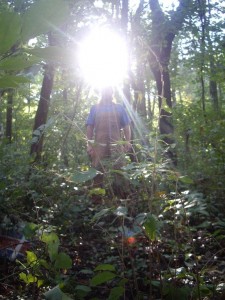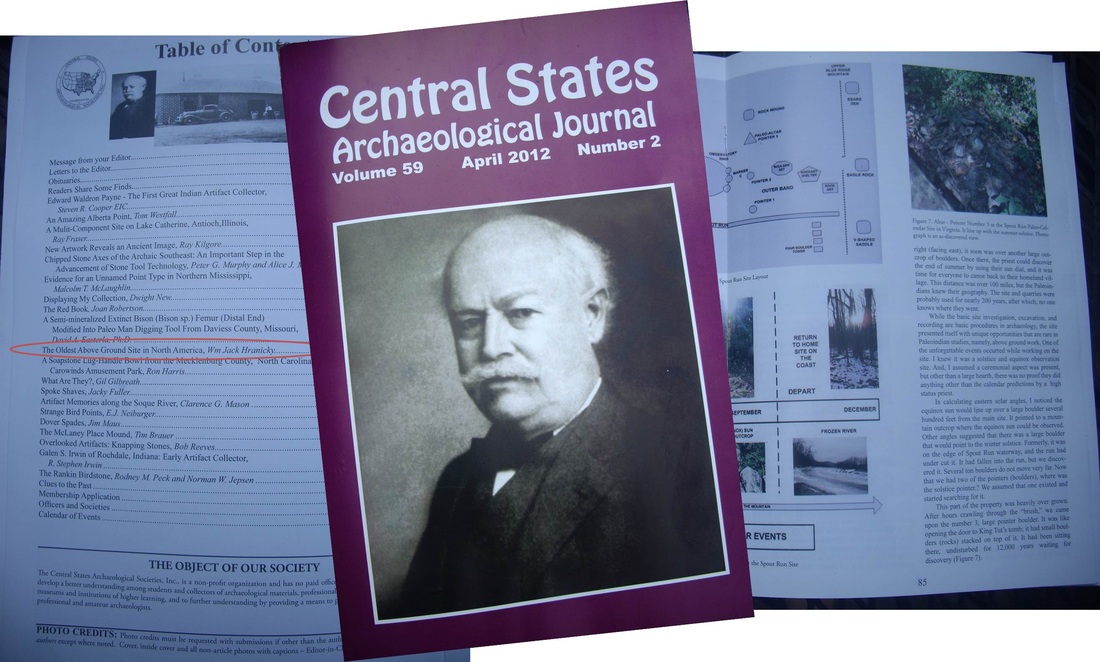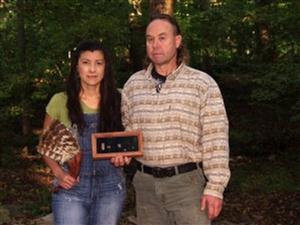| By Before It's News That slight crispness to the air that signifies the change in seasons is now being backed up by the sun. Today is the second time of year that the sun rises due east and sets due west, traversing the sky directly over the equator. The axis of Mother Earth is straight rather than tilted in relation to the sun’s rays. In other words, it’s fall. Night and day are almost the same length on this day, though not quite, as Space.com explains. The autumnal equinox, as it’s officially named, signifies, for the most part, the end of those long, lazy, hot summer days. With this year being one of the hottest summers on record in the United States, it may be a relief to see these sweltering days pass. This day also signifies the beginning of the harvest season, when gourds, apples and other ripe nuggets that have been nourished by Mother Earth’s soil all summer are ready to eat. That does not hold for those places south of the equator, of course. For them it’s the first day of spring. Spout Run Site owner Chris White stands on two petroglyphs that he and local archeologist Jack Hanricky discovered on September 19, 2012. The equinox sun forms a halo over his head. (Photo: René White via Clarke Daily News) Because of the important nature of today’s change in season, sacred sites abound built by American Indians, Canadian Aboriginals and Indigenous Peoples worldwide. A recent discovery of just such a site has been unearthed in Virginia, the 12,000-year-old Spout Run Paleoindian site in Clarke County. | The site features three concentric rings that align with the equinox sun, according to landowner Chris White. But recently he and local archeologist Jack Hranicky made another equinox-related discovery: a triangular rock formation topped by two footprint-shaped petroglyphs that appear to align with the sunrise, the Clark Daily News reported. “When stood on, during the equinox, the sun causes a halo effect over the person standing on the prints,” Hranicky told the Clark Daily News. “This is a new major feature.” He said its 105-degree alignment with the autumnal equinox sun as it crosses the Blue Ridge Mountains make the 12,000-year-old site’s original inhabitants “Virginia’s first engineers,” the newspaper said. White made his discovery in 2009 after purchasing the land and starting to build on it, he told the Clark Daily News. The ancients used the sky and the seasons’ changes as both clock and calendar, EarthSky.org points out. This year’s fall equinox comes with a bonus: It’s also the month’s first quarter-moon, EarthSky.org says. Celebrate both, and let the season begin! ----- Indian Country Today Media Networks is the digital gateway to comprehensive online Native news & entertainment, covering politics, arts, environment & gaming. |
|
0 Comments
Letter to the Editor: A Native American Perspective on Cool Spring Battlefield Park Concept3/3/2012
|
Paleo News Room
for the site discovered by Chris (Comeswithclouds) White in 2010 Topics
All
History
August 2020
|






 RSS Feed
RSS Feed